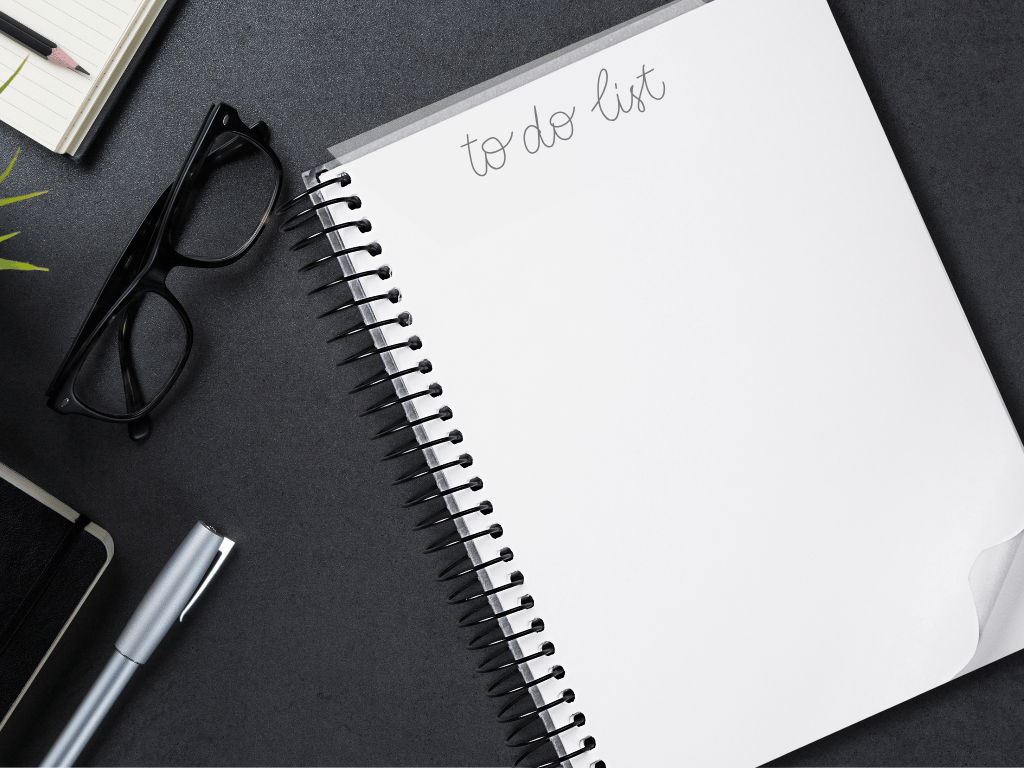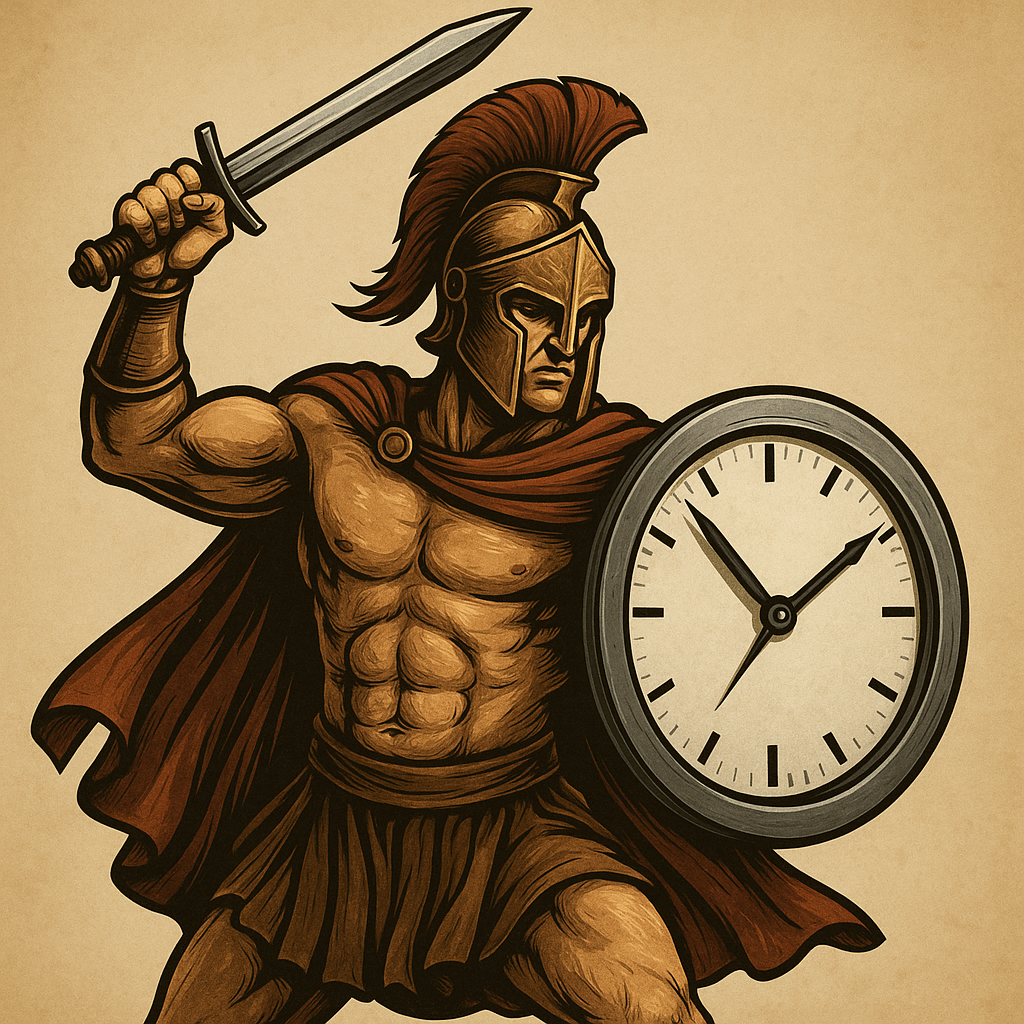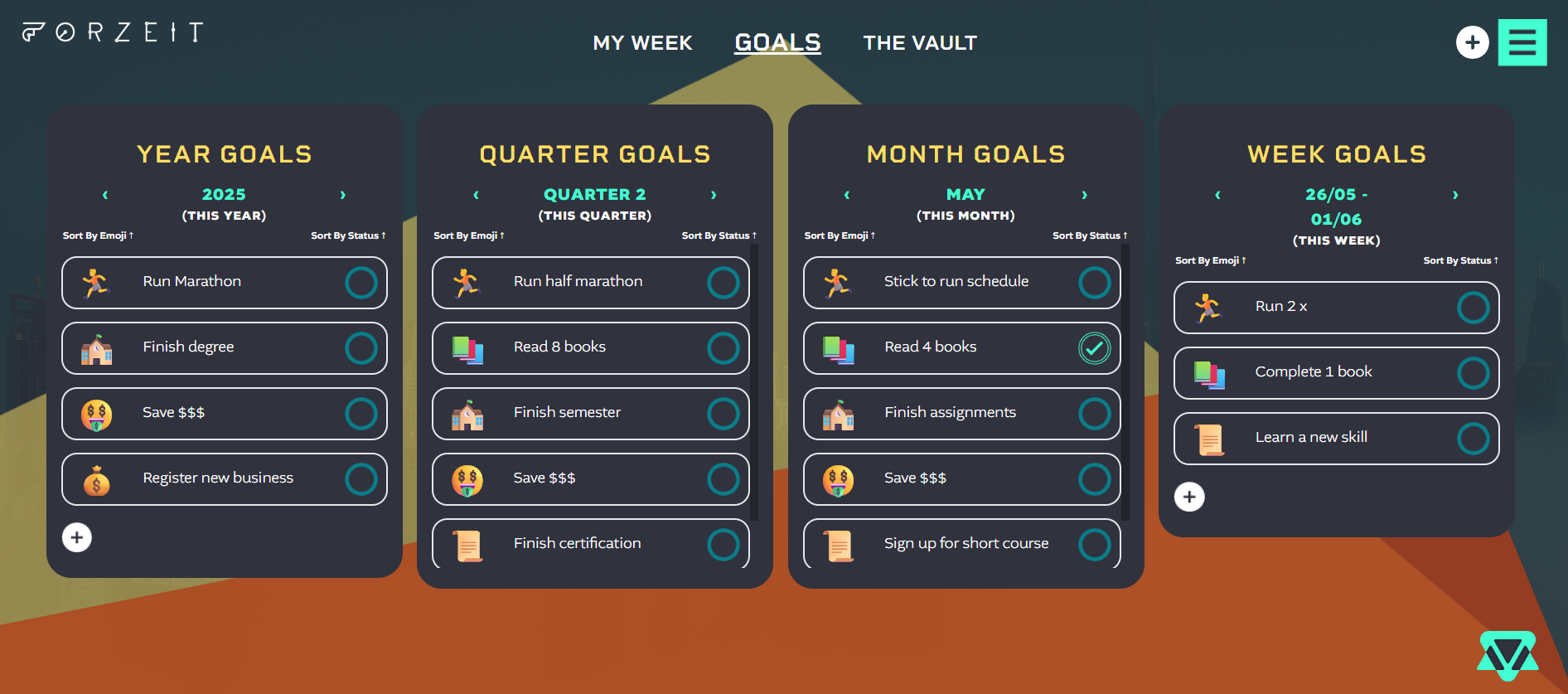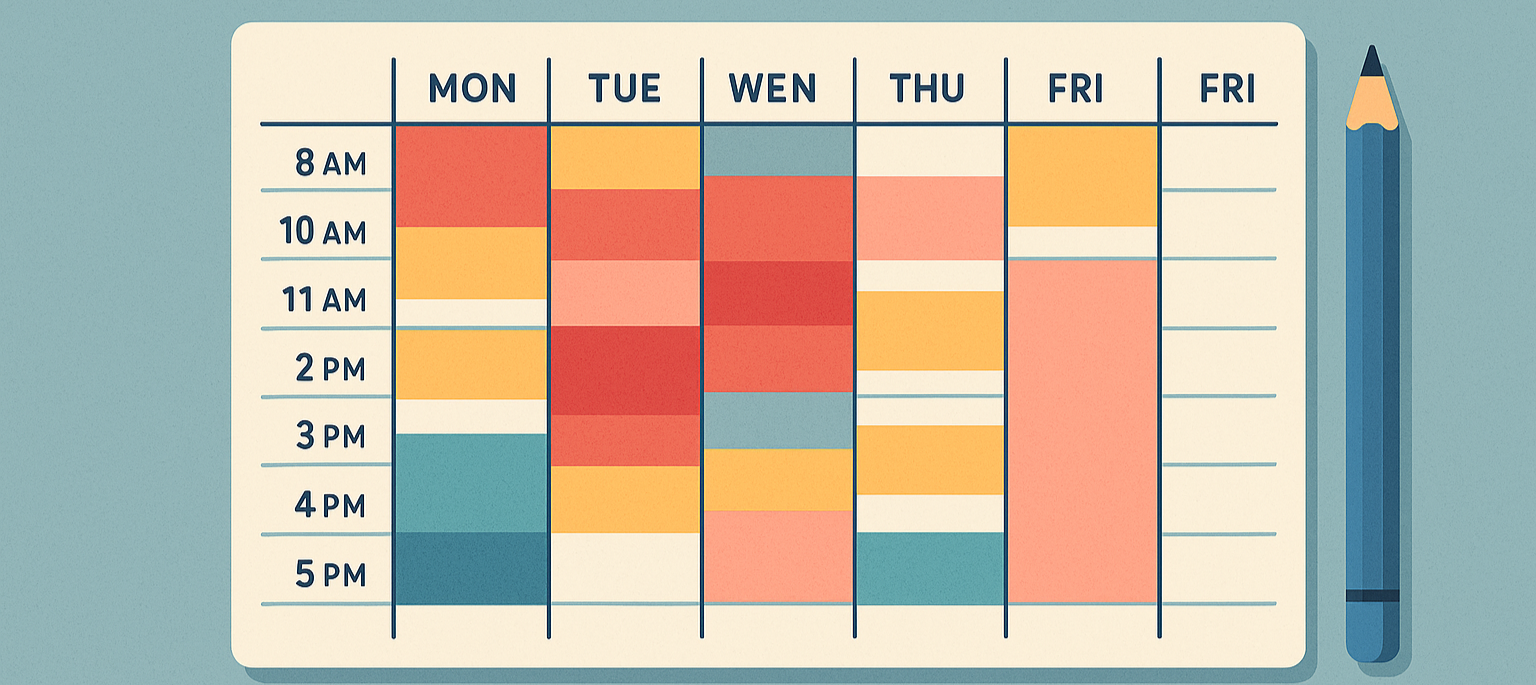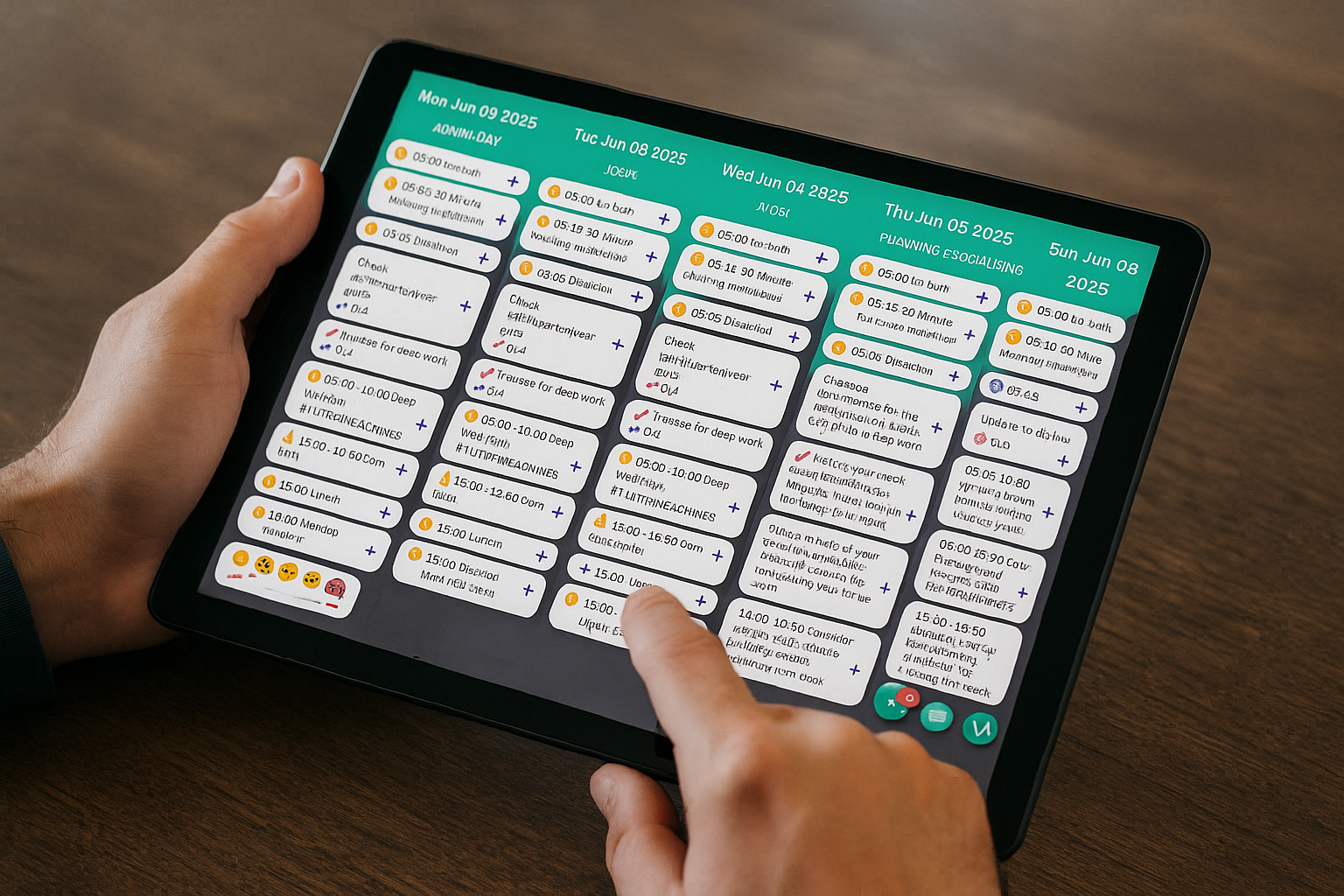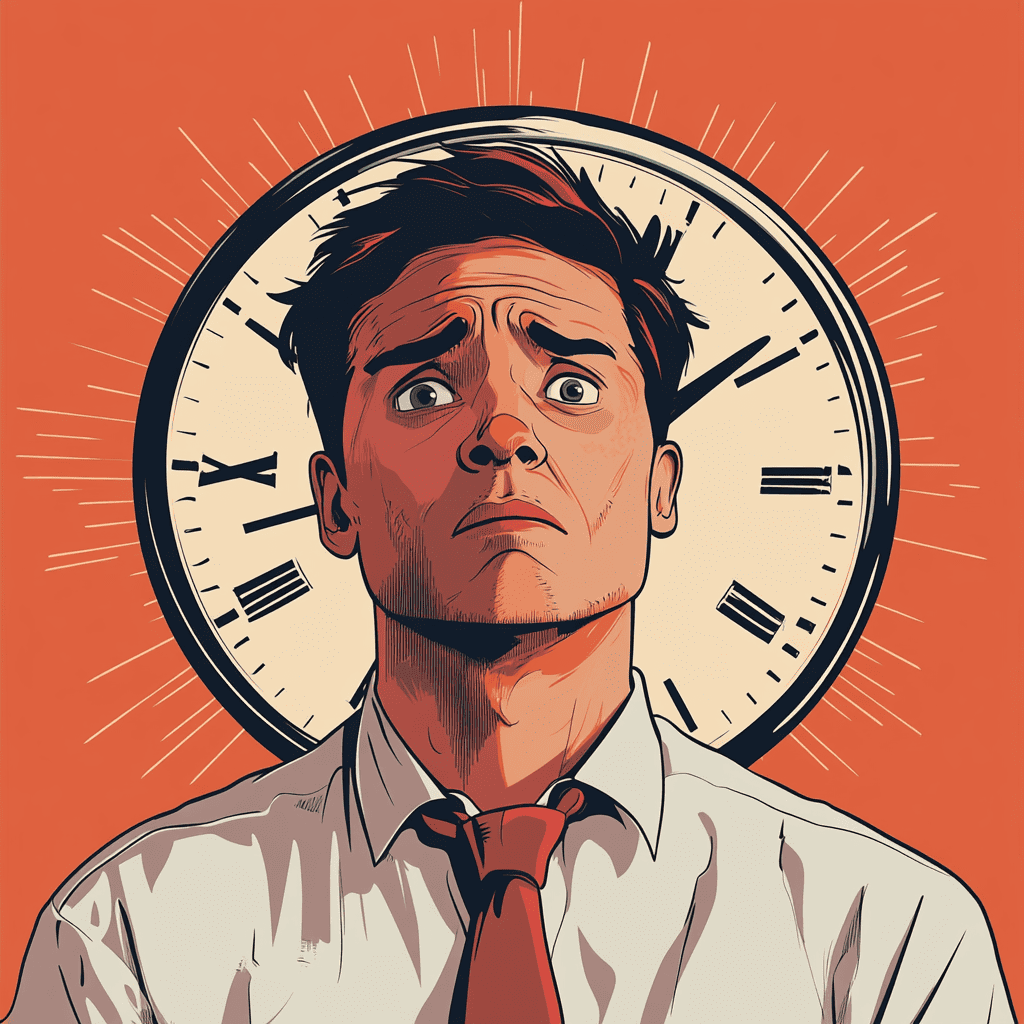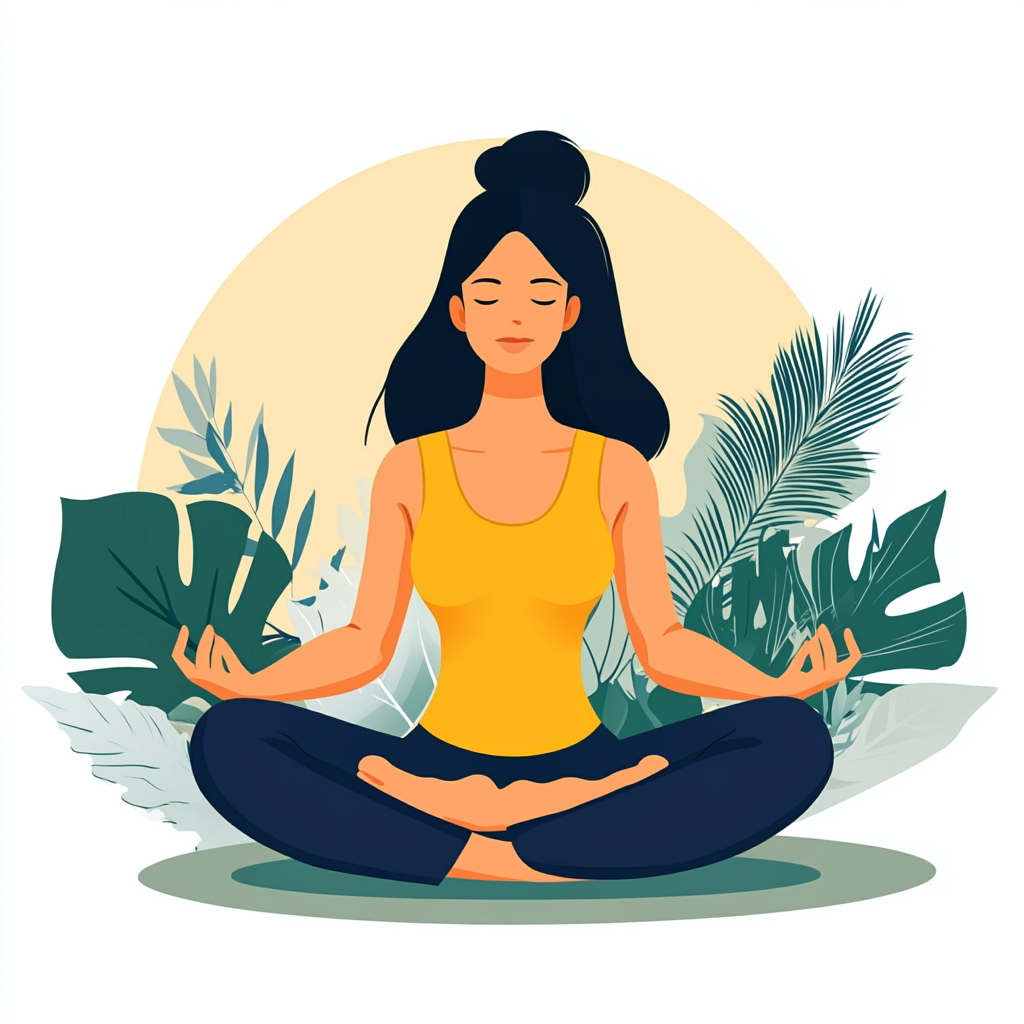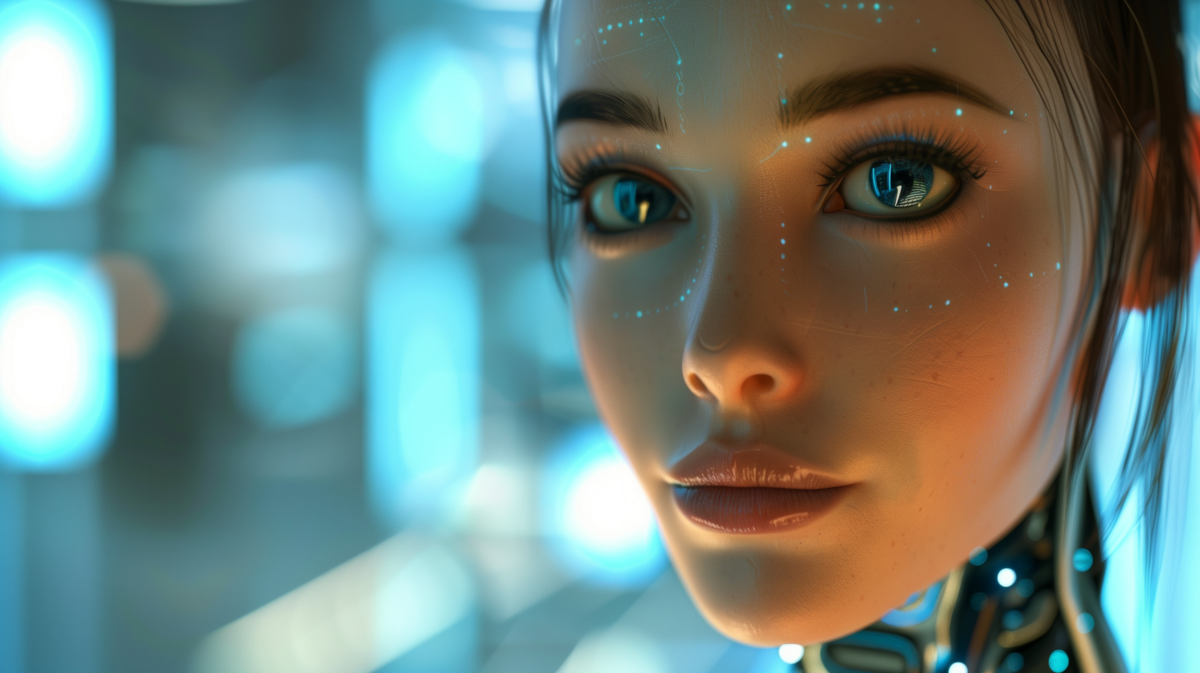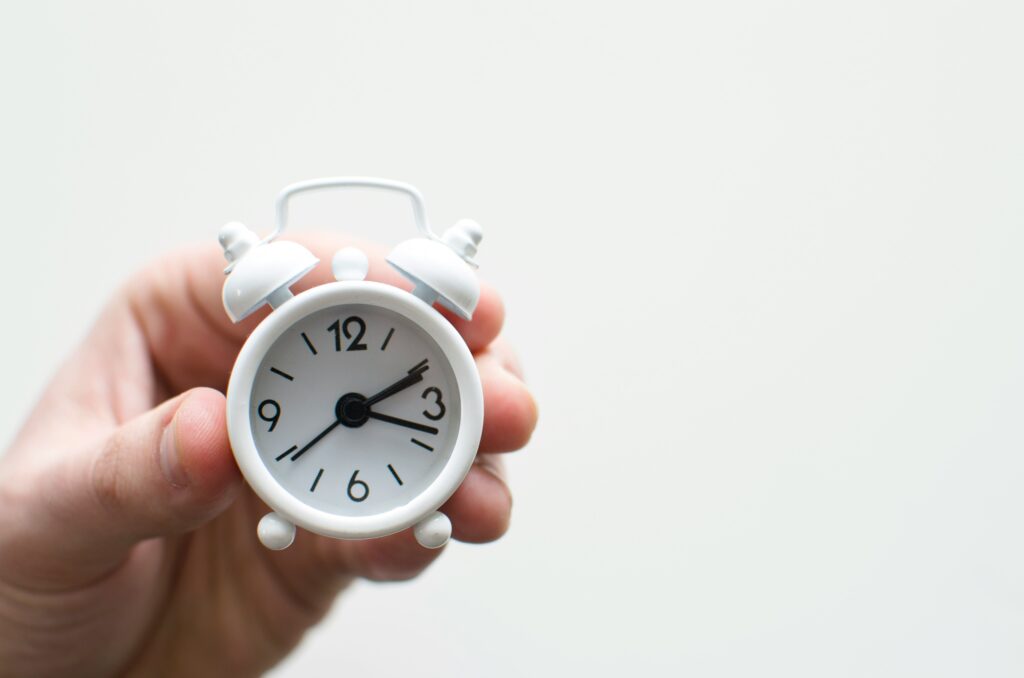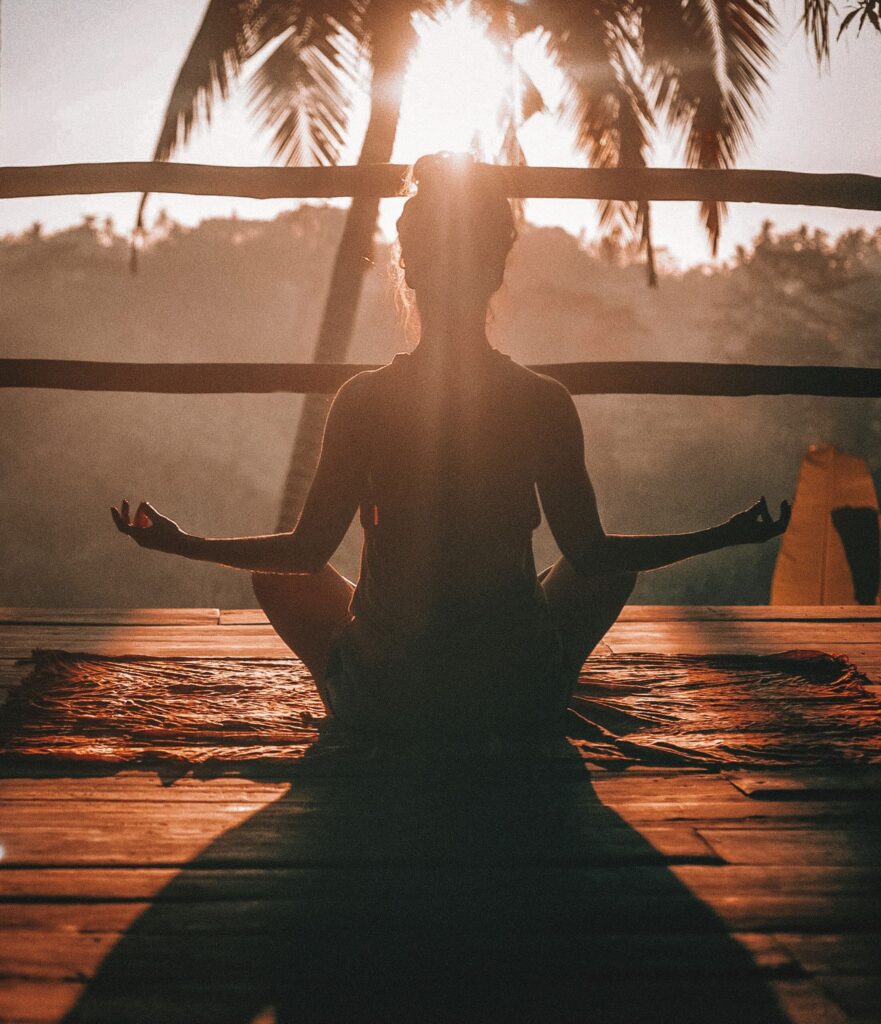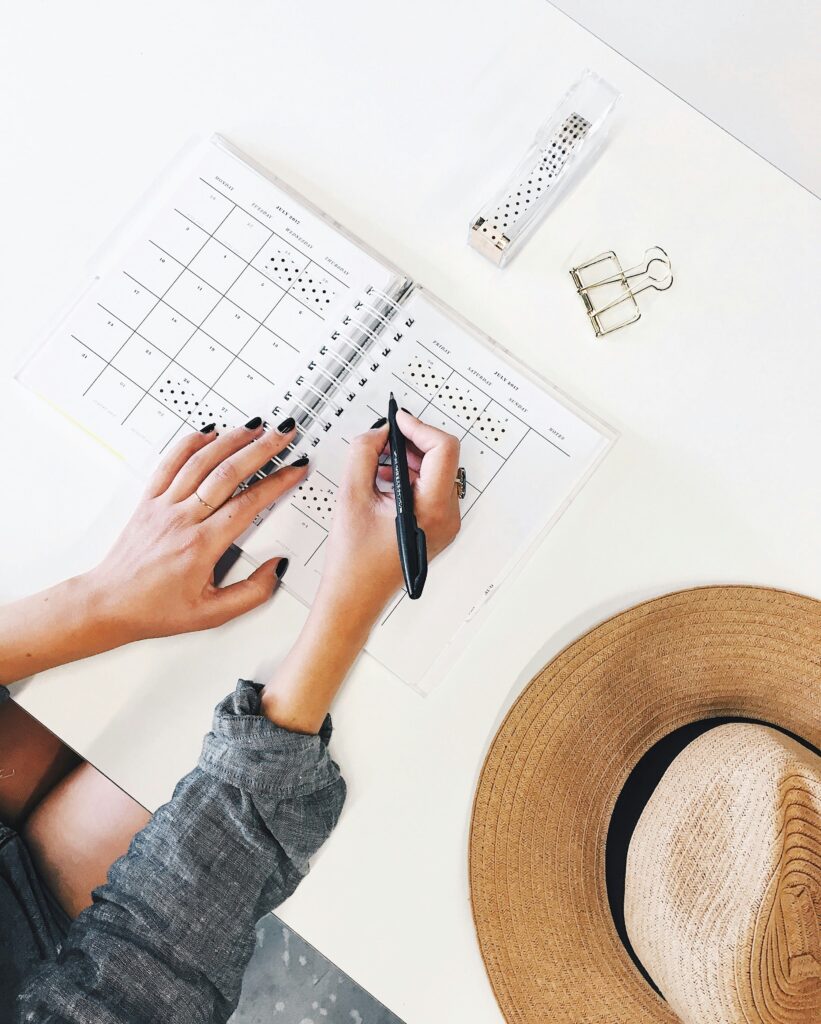6 Practical Strategies to Overcome Procrastination
Ever found yourself meticulously alphabetising your spice rack instead of tackling the important tasks on your to-do list, only to end up feeling completely paralysed with overwhelm and stress?
Me too. That’s why I’m here to share practical tips to help you combat procrastination.
Understanding The Procrastination Cycle
It might sound hard to believe, but the internet and technology are not the main driving factors of procrastination (although cat-video rabbit holes do make it a lot more fun).
We’ve been dodging to-do lists long before Wi-Fi. Accounts of procrastination go as far back as ancient Greece.
In Plato’s dialogue Protagoras, Socrates famously questions why someone would choose to act contrary to what they believe is best.
A generation later, Aristotle named that paradox ‘akrasia,’ meaning ‘weakness of will,’ to describe this puzzling behaviour of acting against one’s better judgment.
To overcome this deeply human tendency, we first need to understand it. According to the University of Manchester, procrastination tends toward a cyclical pattern which can be hard to break.
So, how do we stop procrastinating?
Strategies to Overcome Procrastination
Studies have shown that procrastination is linked to higher stress and a decline in mental health, which can have negative consequences on your physical health in the long term. Here are some effective strategies to conquer procrastination:
1. Minimising Distractions
Studies have shown that on average, we experience an interruption every 8 minutes, often taking a few minutes to get back into the task at hand. The compounding effect of that can be catastrophic on your productivity; that’s 60 interruptions in an 8-hour work day.
Here are some steps to take to minimise interruptions and distractions:
Identify and Eliminate Distractions
You can’t eliminate distractions if you don’t know what’s distracting you. Start taking note of all the things that pull your attention away. Become mindful of the thoughts and feelings, like stress or fatigue, that lead you to distraction. It can be as simple as writing it down on a piece of paper or journaling at the end of the day.
Designate Distraction Free Zones
Set a time and place where you focus on deep work without distractions. This means setting up a dedicated workspace, with minimal noise, and turning off all notifications to focus on one task. Using organising methods or a planner like Forzeit can help you set intentions for the time you want to spend on deep work and on smaller tasks.
Set Boundaries
Tell friends, family and coworkers that you will be unreachable for a set amount of time. Setting these boundaries also means learning to say no to unexpected conversations or tasks that can wait, protecting your focus and energy for what truly matters in the moment.
2. Break Free from Tech Addiction
We’re experiencing a tech addiction epidemic. Research shows that the more time we spend on our phones, the more likely we are to put off real-world tasks. A 2023 meta-analysis of 26 studies found a positive link between smartphone addiction and procrastination tendencies in students.
Here are some tips to reclaim your focus in a digital world:
- Turn off non-essential notifications or put your phone on do-not-disturb mode to avoid micro-procrastination.
- Turning your phone to greyscale makes it far less stimulating and can reduce the urge to scroll endlessly.
- Create screen-free zones. This could involve setting designated times that are screen-free, or designating specific areas in your home, such as the bedroom or living room.
3. Time Management Tools
Time management techniques are the antidote to procrastination; they transform vague intentions into achievable goals. It works because it reduces perfectionism and the all-or-nothing mindset that often pushes people into the procrastination cycle in the first place.
It starts with setting clear priorities, building a realistic schedule, and setting realistic deadlines.
Using a planner is a game-changer for managing your time more effectively. Digital planners like Forzeit are a great tool for creating and customising weekly templates, prioritising tasks, and providing feedback to hold you accountable.
As motivational speaker Jim Rohn famously said, ‘Time is more valuable than money. You can get more money, but you cannot get more time.’
Here are some benefits of using a planner to manage your time:
- Boosts productivity, organising your day into focused blocks reduces decision fatigue and mentally prepares you for deep focus.
- Reduces stress by making your workload feel structured and achievable.
- Improves time awareness, being able to visualise how long tasks take makes it much easier to plan accordingly.
- Helps you build habits, enables you to break up big goals into daily, weekly or monthly milestones.
- Holds you accountable, tracking your progress helps you identify areas where you’re falling behind and adjust your plan accordingly. Seeing positive progress also keeps you motivated.
4. Prioritise Tasks
Categorising tasks helps you step back to identify what’s truly important. This helps structure your day more intentionally, and therefore, you feel less overwhelmed by the number of tasks competing for your attention.
There are many categorising methods, such as the Eisenhower Matrix or the ABCD method, where you split tasks into categories according to urgency.
Here’s how:
1. Make a task list of everything you have to do.
2 Assign categories by using a method like the Eisenhower Matrix (Do, Schedule, Delegate, or Eliminate), the ABC method (A = must-do, B = should-do, C = nice-to-do), or your custom labels.
3. Group tasks visually by using a digital planner, colour codes, or separate lists for each category to make your plan easy to follow.
4. Review and update your categories at the end of each day according to shifting priorities.
5. Break Tasks Into Manageable Steps.
5. Break Tasks Into Manageable Steps
Often, a task is so big and overwhelming, we don’t know where to start. The Swiss Cheese Method is all about making incremental progress. It works by breaking large, daunting tasks into smaller steps you can complete over time.
Here’s how:
- Choose the big task you’re avoiding. For example, writing a large report.
- Break it into small, low-resistance tasks. For example, starting an outline or adding headings for each section.
- Pick one ‘cheese hole’ and chip away at the task in short, manageable bursts throughout the day or week, until the project is finished.
- (Bonus tip: using a planner to break tasks up and visualise your progress can help you stay on track.)
6. Practice Self-Compassion
As mentioned above in the procrastination cycle, perfectionism and other negative emotions are major drivers of procrastination. These negative feelings drive you further into the procrastination cycle as a coping mechanism.
Here are some ways to combat negative self-talk:
Many people procrastinate because they’re afraid of failure or feel incapable. Approach yourself with kindness instead of judgment by reminding yourself that it’s okay if the outcome isn’t perfect and that setbacks are a normal part of life.
The pressure of overwhelming tasks can send you into analysis paralysis. Remind yourself that one step at a time is okay; often, you’ll build momentum after taking that first step.
One Last Thought
Whether it’s breaking a task into smaller steps, using time management techniques, or simply practising self-compassion, you have more control than you think. The key is to start small, poke a hole in that cheese and let momentum do the rest.
Remember that perfection is the enemy of progress. Small, consistent actions are a powerful way to build lasting habits. So next time you catch yourself alphabetising the spice rack, take a breath, pick one thing, and start there. And if you need a little help getting started, Forzeit is here to guide you in the right direction.

